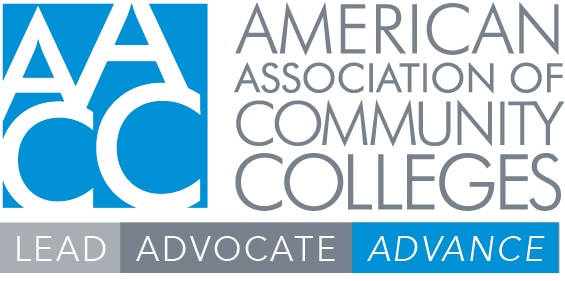The U.S. Education Department’s periodic data dump through the National Postsecondary Student Assistance Survey, better known as NPSAS, contains essential information about the reach and impact of the federal student financial aid programs. Advocacy for the federal programs is a central element of the public policy agenda of the American Association of Community Colleges (AACC), and the NPSAS findings highlight what is at stake.

NPSAS data are gathered through institutions as well as directly from students. The latest release largely provides numbers from the 2019-20 award year, and so generally were not impacted by the pandemic. According to the release, 41.5% of all community college students receive some form of federal student aid.
Pell grants at the center
Pell Grants remain by far the most important student aid program benefiting community college students. In the 2019-20 award year, 36.9% of all public two-year college students received Pell grants. (The NPSAS data exclude community colleges that award baccalaureates, but AACC’s analysis indicates that element this doesn’t change the data in any appreciable fashion.) Somewhat surprisingly, this percentage is slightly lower at public two-year institutions than at four-year public institutions.
Students attending non-profit institutions receive Pell grants at almost the same rate as at community colleges, 36.1%. One likely reason why community college students don’t display higher percentages of Pell Grant participation relative to the other sectors is due to the simple fact that they are less likely to complete the process of applying for federal student aid. Part-time students are particularly less likely to apply.
For the 2019-20 award year, the average Pell Grant received by community colleges students was $3,600, in contrast to the average of $4,100 for all sectors. The lower community college figure is driven, in part, by the fact that a relatively high percentage of community college students are part-time, thereby driving the average size down.
There is a stark “gender gap” in Pell Grant recipients as well: 34.2% of male students received a Pell Grant during the period studied, compared to 44.6% of female students. There are striking racial/ethnic differences as well – across all sectors, 59.5% of Pell grants recipients were Black students (not Hispanic or Latino), 49.5% were Latinos and 32.1% were white students (not Hispanic or Latino).
Community colleges do not receive as much of the important Federal Work-Study and Supplemental Educational Opportunity Grant funds as students in other sectors, but they still receive significant funds from these sources. According to NPSAS, 7.7% of all students receive funding from one or both programs, which 8.8% of all public two-year students receive institutional grants.
Loans and community college students
Community college students borrow less than students in other sectors, but they do still borrow. The NPSAS data show that 11.3% of community college students use federal Direct Loans, with 9.1% receiving subsidized loans. Across higher education, 34.3% of all students receive Direct Loans — more than three times as many as that at community colleges. (Although it has not received much media attention in the wake of the student debt crisis, borrowing has declined across all sectors in the last few years.)
AACC advocacy
AACC continues to press for support for Pell grants and other essential federal student aid programs. As of this writing, the funding landscape is challenging, and AACC urges all its members to make the sector’s priorities known in this area and others during the current Congressional recess.





